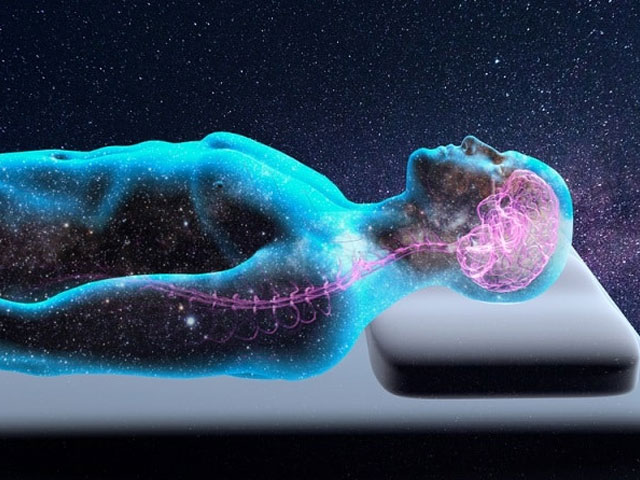
What is Rem Sleep
What Is REM Sleep? Why Is REM Sleep Important?
Sleep is the time when our body and mind recharge. REM sleep, which stands for “Rapid Eye Movement” is considered to be a distinctive part of this regeneration period. Sleep time consists of 4 phases that repeat consecutively throughout the night, and the first REM phase starts about an hour and a half after you fall asleep. The longitude of this period determines the quality of your sleep. It is also the interval during which we dream, and that’s why our eyes move rapidly during it.
REM sleep is also known as paradoxical sleep or the dream phase of sleep.
What are the characteristics of REM sleep?
In REM sleep, eye movements continue according to the dream content. In this stage of dreaming, all muscles are paralyzed but our short term motor activities are present. The brain behaves as the body is awake and according most findings, rewinds the past experiences. REM sleeps account for almost a quarter of your total sleeping time.
Why is REM sleep important?
It is the stage when brain cells renew themselves for a fresh new beginning next morning. People who have long enough REM sleeps have quality sleep processes. In cases where there is no transition to Rapid Eye Movement sleep or when this period is too short, your brain will not function as it should during the day.
What are the Benefits of REM Sleep?
It has a significant impact on your life quality. First of all, a poor REM period means a bad sleep. After a bad sleep you will probably be waking up with a foggy mind. Your mood will be irritable and learning abilities will be hampered. These will negatively affect anything from your work efficiency to your psychological well-being.
Stages of Sleep Cycle
Quiet wakefulness phase: In the calm wakefulness phase, muscle tone is higher than in other phases. Voluntary eye movements and blinking can be observed.
NREM sleep phase: It is the stage when muscle movements are rare and that’s why it’s also known as slow sleep phase. Rapid eye movement is not observed in this phase. It is referred to as the sleep onset phase in adults.
Light sleep phase: This is the transition phase between sleep and wakefulness. It is also popularly known as napping. In this stage, people may feel awake, but brain activity slows down and breathing is slow and regular. Shortly after the muscles relax, sleep deepens and the integrity of thoughts gradually deteriorates. In this stage, eye movements disappear and body movements decrease considerably.
Deep sleep phase: This is when sleep is the deepest and it accounts for one third of your night’s sleep. It is named regarding the slow heart and respiratory rates during it. If you wake up at this stage you will feel extreme numbness and blurred consciousness.
REM sleep phase: It is the phase in which 80 percent of dreams are had. There is no muscle tension except for mild twitchings in the face, legs and arms. REM sleep is observed once in every 60-minute periods in infant sleep and once in every 90-minute periods in adult sleep.
Characteristics of REM sleep
- Temporary paralysis of the muscles
- Rapid eye movements
- Facial twitching, involuntary tongue movements,
- Sexual arousal
- Increased brain and body temperature,
- Muscle twitches
- Increased blood pressure
How to improve sleep quality?
Sleep is almost one thirds of your life which totally affects the quality of the rest of it. However, almost half of the world population has sleep disorders to some extent. If you want to get the best out of your sleep, here is a to-do list of top importance:
- Sleep at least 7 hours a day.
- Do not neglect to exercise during the day.
- Avoid caffeine, alcohol and smoking several hours before going to sleep.
- Keep radiation-emitting electronic devices away from the room where you sleep.
- Establish a sleep routine and try to sleep at the same time every day.
- Do not eat anything for at least one hour before bedtime.
- If you have the habit of sleeping with light, give it up as soon as possible. Your sleeping environment should be dark and quiet.
- If you have problems such as snoring and sleeping with your mouth open, consult a specialist.



